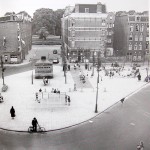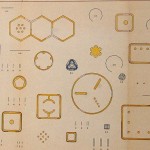Last - but not least: the van Hogendorpplein. Much changed - fortunately the little house-like…
Van Eyck designs
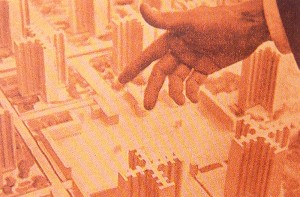
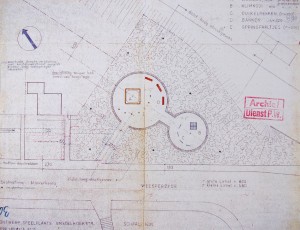
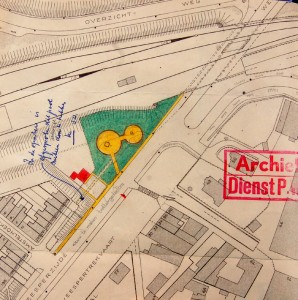 In an era where architects like Le Corbusier advocated a rigid ‘top-down’ approach to city planning, van Eyck had different ideas. He inserted playgrounds into the fabric of postwar Amsterdam, adapting his designs to a given urban setting. “One is the strategy of the master plan, the other is what could be called the strategy of the interstitial and the polycentric.” The playground and the city, page 27. In keeping with the ‘situational’ spirit of the times, van Eyck rebelled against the idea of grandiose, Bijlmer-like city planning. He carefully designed each playground to fit in locally, so as to heal some ugly scars on the body of post-war Amsterdam. His designs were so successful that, in the end, more than 700 playgrounds were realised in the greater Amsterdam area alone. Many more, structured along the same principles, were to be built all over the Netherlands in the next decade.
In an era where architects like Le Corbusier advocated a rigid ‘top-down’ approach to city planning, van Eyck had different ideas. He inserted playgrounds into the fabric of postwar Amsterdam, adapting his designs to a given urban setting. “One is the strategy of the master plan, the other is what could be called the strategy of the interstitial and the polycentric.” The playground and the city, page 27. In keeping with the ‘situational’ spirit of the times, van Eyck rebelled against the idea of grandiose, Bijlmer-like city planning. He carefully designed each playground to fit in locally, so as to heal some ugly scars on the body of post-war Amsterdam. His designs were so successful that, in the end, more than 700 playgrounds were realised in the greater Amsterdam area alone. Many more, structured along the same principles, were to be built all over the Netherlands in the next decade. 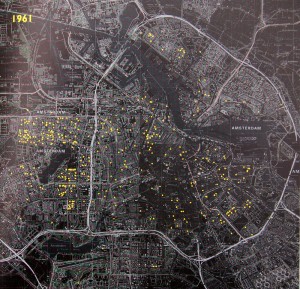
| « Van Eyck at Zeedijk | <-- previous post | next post --> | Van Eyck play furniture » |
|---|
